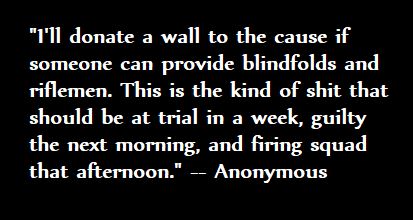I’m going to make my position on this quite clear right at the beginning: I love cities. I’m a city boy by birth (born in Hillbrow, Johannesburg, kinda like the Bronx in NYfC, and at one point, one of the most densely-populated places per square mile on Earth).

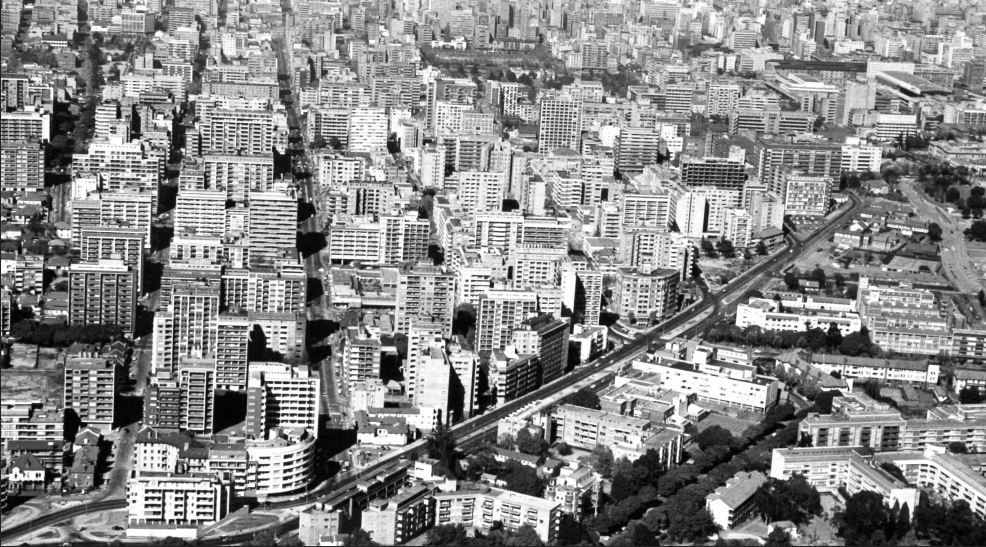
(Hillbrow/Berea, circa 1970)
Even though my parents moved to the suburbs when I was a kid, I missed the city and moved back as soon as I could.
I love city life. Whether it’s walking along a rainy London street en route to a cozy pub, sitting in a Paris bistro drinking coffee or buying a snack at a Viennese imbiss — you put me there, and ol’ Kimmy’s one of the happiest men on the planet.
That’s the ideal, of course; but the plain fact is that city life isn’t like that anymore, when walking along a rainy London street means that you’re going to get robbed of your watch, when sitting in a Paris bistro will result in gypsies stealing your shopping bags, and buying a snack at a Viennese imbiss will end up with your pocket being picked.
There was a time when I wanted to live on Paris — oh, how I longed to live in Paris — but the truth of the matter is that the Paris I wanted to live in doesn’t exist anymore. (Of Johannesburg, we will not speak.)
Granted, there was always the risk of those things happening, in any city and at any time. But nowadays, the risk of being a victim of urban crime has risen exponentially — not to mention the risks one takes when trying to navigate a street filled with homeless encampments, and avoiding the piles of trash and the detritus of drug addicts. In circumstances like these, the appeal of city life evaporates pretty quickly.
So on to a recent article which asks the question:
America’s Urban Desolation: Does Anyone Really Care?
The problems in urban America are at their core, policy problems. Politicians end vagrancy laws, attack law enforcement efforts to enforce property crimes (in many cases decriminalizing retail theft), and de facto if not actual drug legalization are making many cities unlivable. When combined with local education systems which simply fail to educate anyone as the teacher union power brokers pick their local elected bosses through sparse turnout elections, America’s cities are in distress.
And unfortunately, the very politicians who benefit from their votes don’t seem to care.
But that’s not the real question. We know that urban politicians don’t care, not really, about the state of the cities they’re supposed to be running because they’re unqualified, feckless Democrats and socialists [some overlap]. And the recent activities of some city managers haven’t exactly made the prospects of living there any better:
Fourteen major American cities are part of a globalist climate organization known as the “C40 Cities Climate Leadership Group,” which has an “ambitious target” by the year 2030 of “0 kg [of] meat consumption,” “0 kg [of] dairy consumption,” “3 new clothing items per person per year,” “0 private vehicles” owned, and “1 short-haul return flight (less than 1500 km) every 3 years per person.”
C40’s dystopian goals can be found in its “The Future of Urban Consumption in a 1.5°C World” report, which was published in 2019 and reportedly reemphasized in 2023. The organization is headed and largely funded by Democrat billionaire Michael Bloomberg. Nearly 100 cities across the world make up the organization, and its American members include Austin, Boston, Chicago, Houston, Los Angeles, Miami, New Orleans, New York City, Philadelphia, Phoenix, Portland, San Francisco, Washington, D.C., and Seattle.
And they hope to get all that “0 kg [of] meat consumption, 0 kg [of] dairy consumption, 3 new clothing items per person per year, 0 private vehicles owned” bullshit done in the next half-dozen years? I ask for the umpteenth time: how do they think they’re going to achieve that, and what planet are they living on?
Clearly, the real question is: in this modern era, and given their apparent suicidal tendencies, how important are cities to a nation as a whole?
Let’s be honest about this. With the growth of technology, a huge number of “office jobs” in a city have proven themselves to be irrelevant in terms of their location. The Covid nonsense, if it did nothing else, proved that. (Whether the actual output from those work-from home jobs is as productive as in-office performance is a topic for another time.)
So with the work force being dispersed to areas outside the city — heck, outside the state or even the country — one has to ask whether a tight concentration of workspaces and residences (a city) is all that necessary anymore. It used to be that cities were the places where factories and other such manufacturing activity were based. But no one would argue today that a Ford factory should be based in downtown Detroit rather than in Dearborn — that decision was made a long time ago — and as urban real estate prices have skyrocketed, more such moves have been happening for decades.
When I was still working, I liked working in the city — whether it was in the Johannesburg Stock Exchange, a giant grocery chain’s headquarters building, or at Leo Burnett Advertising in downtown Chicago — there was something about the bustle of the city which created the right frame of mind to work, and work hard. The Great Big Research Company’s headquarters, in suburban Chicago, was less exciting; and later on, working from home still less so.
But the question remains: given that cities — all cities, not just Chicago, L.A. or NYC — seem to be in an irreversible decline, are cities still relevant, or even necessary?
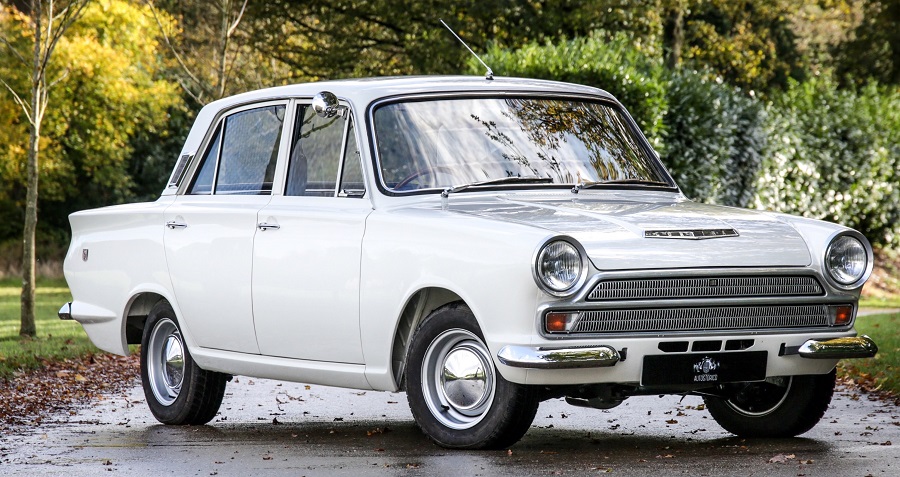
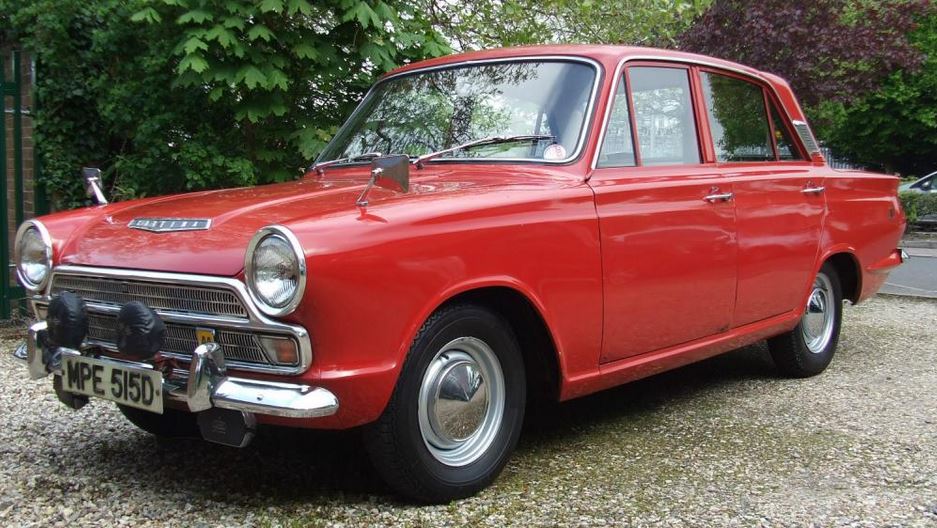
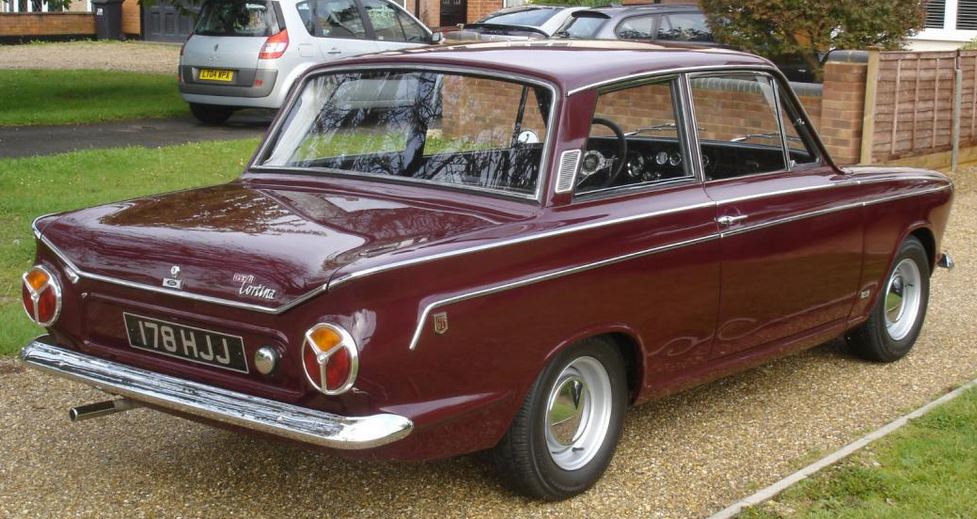
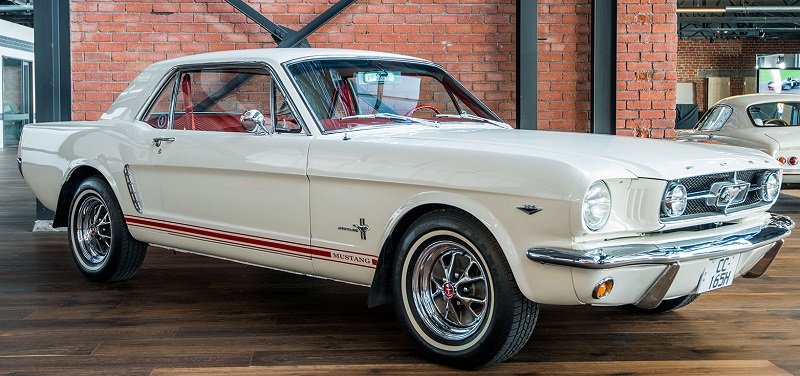
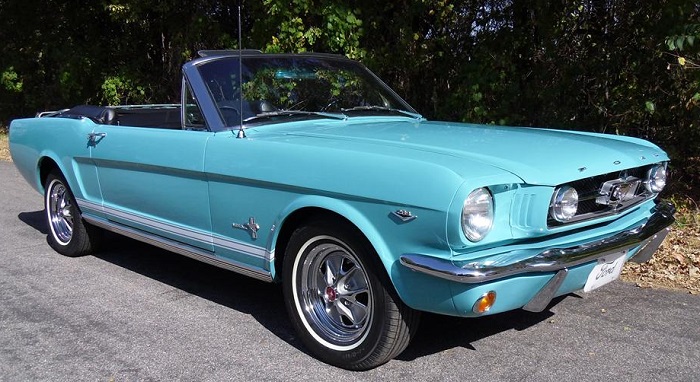



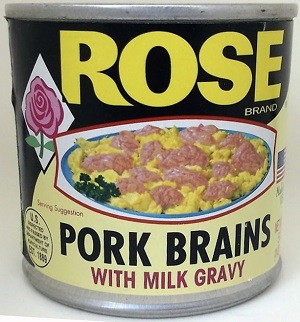



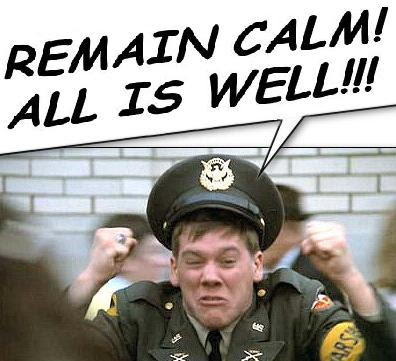









 ...one more time: who they?
...one more time: who they?




